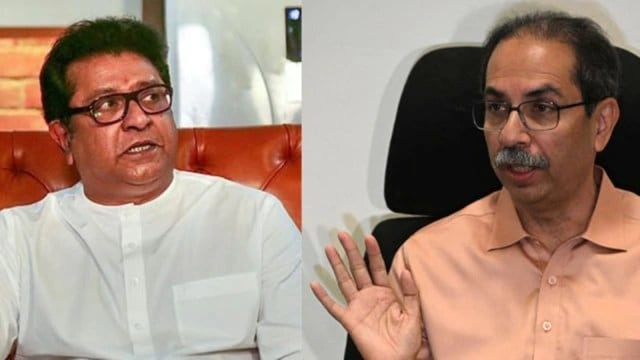
Ever since the split in the Shiv Sena and BJP following the 2019 state assembly elections, the political landscape of Maharashtra has been dynamic. Following the split, the Shiv Sena, the NCP and Congress formed the Maha Vikas Aghadi and ran the government for about two and a half years. Many political analysts described it as a fragile alliance that would not last long as both Congress and the NCP were ideologically quite different from the Shiv Sena and could withdraw support from the government any time.
Contrary to expectations, the first split that occurred was in the Shiv Sena, when Eknath Shinde led a revolt against Uddhav Thackeray in 2022. Then the NCP was split in two in 2023 when Ajit Pawar took most of the party’s MLAs and MPs to join the ruling alliance led by Shinde, who had formed the government with the BJP. Subsequently, in the 2024 Assembly election, the Mahayuti alliance of the BJP, Shinde Sena and the Ajit’s NCP won by a massive mandate.
As internal turmoil made the ruling alliance seem rocky, the three language policy, mandating Hindi as a compulsory subject, created an opportunity for the Shiv Sena (UBT) and Maharashtra Navnirman Sena (MNS) to consolidate their positions and, if required, come together on the issue of Marathi.
Language Issue in Maharashtra
Long before the state of Maharashtra was created, the issue of Marathi was a burning issue. The movement for a separate state for Marathi-speakers grew following the States Reorganisation Committee report in 1956 which recommended the formation of a bilingual Bombay, which would include both Gujarati- and Marathi-speaking areas. Mass protests followed, demanding a separate state of “Maharashtra including Mumbai”.
Other issues related to language have periodically roiled the state, including Belgaum (which has a substantial Marathi-speaking population and is the subject of dispute between Maharashtra and Karnataka) and debate over the classical language status for Marathi. These, along with the three-language issue, may make it seem that the status of Marathi in the state is diminishing, even for the common man.
While it is difficult to predict if an Uddhav-Raj coalition, bringing together the Shiv Sena (UBT) and the MNS, might contest the upcoming BMC elections together — as is being speculated — the issue of Marathi has given them the space to recalibrate their strategy and consolidate voters.
In a recent survey by VoteVibe among Mumbaikars, 31 per cent of respondents supported BJP — the highest share — followed by Shiv Sena (UBT) at 23.9 per cent, with MNS getting the support of 11.2 per cent of those surveyed. Taken together, SS (UBT) and MNS come out ahead of the BJP. If the Shinde Sena, supported by 6.3 per cent of respondents, gets together with the BJP and Congresss, which was supported by 10. 3 per cent of respondents joined an SS (UBT)-MNS alliance, the picture that emerges is a positive one for both Uddhav and Raj. This is significant also because an alliance could provide the impetus that both need to rebuild their respective parties.
Deputy Chief Minister Shinde may lay claim to the Hindutva legacy of Bal Thackeray, but that is only a post 1990-phenomenon. On the other hand, the broader language politics of Bal Thackeray, predating his Hindutva plank, could be used to undermine Shinde’s claim if harnessed by the cousins. To this end, Uddhav has been talking of “Maharashtra Dharma” as a broader identity that could include all Marathi-speakers, including those from minority groups.
That said, the SS (UBT)-MNS alliance would need to iron out some wrinkles, especially when it comes to the voter base. While the Uddhav Sena’s base, post the split with BJP, which has broadened, Raj Thackeray would need to curb his anti-Muslim tirades. And while issues of language and culture have essentially always been dominated by the agenda of the privileged (caste and class), it should not happen that Dalits, tribals and minorities are left behind in the whole process. Only then, would “Maharashtra Dharma” be served in the true sense.
The author is Professor in the University of Mumbai